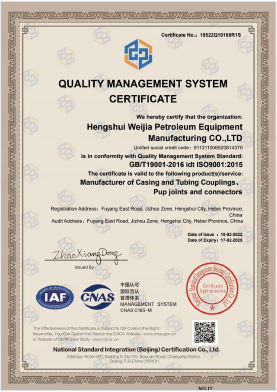- Afrikaans
- Albanian
- Amharic
- Arabic
- Armenian
- Azerbaijani
- Basque
- Belarusian
- Bengali
- Bosnian
- Bulgarian
- Catalan
- Cebuano
- Corsican
- Croatian
- Czech
- Danish
- Dutch
- English
- Esperanto
- Estonian
- Finnish
- French
- Frisian
- Galician
- Georgian
- German
- Greek
- Gujarati
- Haitian Creole
- hausa
- hawaiian
- Hebrew
- Hindi
- Miao
- Hungarian
- Icelandic
- igbo
- Indonesian
- irish
- Italian
- Japanese
- Javanese
- Kannada
- kazakh
- Khmer
- Rwandese
- Korean
- Kurdish
- Kyrgyz
- Lao
- Latin
- Latvian
- Lithuanian
- Luxembourgish
- Macedonian
- Malgashi
- Malay
- Malayalam
- Maltese
- Maori
- Marathi
- Mongolian
- Myanmar
- Nepali
- Norwegian
- Norwegian
- Occitan
- Pashto
- Persian
- Polish
- Portuguese
- Punjabi
- Romanian
- Russian
- Samoan
- Scottish Gaelic
- Serbian
- Sesotho
- Shona
- Sindhi
- Sinhala
- Slovak
- Slovenian
- Somali
- Spanish
- Sundanese
- Swahili
- Swedish
- Tagalog
- Tajik
- Tamil
- Tatar
- Telugu
- Thai
- Turkish
- Turkmen
- Ukrainian
- Urdu
- Uighur
- Uzbek
- Vietnamese
- Welsh
- Bantu
- Yiddish
- Yoruba
- Zulu
petroleum tubing coupling
Petroleum tubing couplings are essential components in the oil and gas industry, designed to connect sections of tubing in downhole operations. These couplings play a crucial role in maintaining the integrity of the tubing string, ensuring efficient fluid flow, and withstanding high-pressure environments.
Typically made from durable materials such as carbon steel or alloy steel, petroleum tubing couplings must meet stringent industry standards to withstand the high stresses encountered during drilling and production processes. These couplings are engineered to provide mechanical strength and resistance to corrosion, which can be exacerbated by the presence of various chemicals in the wellbore environment.
The design of petroleum tubing couplings varies depending on the specific application and the type of tubing being used. Standard connections include threaded, weld-on, and slip-on couplings, each offering distinct advantages. Threaded couplings are commonly used for ease of assembly and disassembly, allowing for quick repairs or replacements. Weld-on couplings, on the other hand, provide a more rigid connection, enhancing strength and minimizing the risk of leakage.
One of the primary functions of tubing couplings is to ensure a tight seal between individual sections of the tubing. This is critical in preventing fluid leaks, which can pose significant safety hazards and lead to operational inefficiencies. Manufacturers often incorporate sealing technologies, such as rubber seals or O-rings, into the coupling design to enhance leak prevention further.
petroleum tubing coupling

Moreover, the couplings must also accommodate thermal expansion and contraction, which occur due to the varying temperatures experienced in downhole environments. This is where flexible designs come into play, allowing the connections to maintain integrity despite changes in pressure and temperature.
In addition to their mechanical properties, the successful operation of petroleum tubing couplings relies heavily on proper installation and maintenance. Operators must follow best practices in the field, including torque specifications and inspection routines, to ensure that the couplings function correctly over time.
In conclusion, petroleum tubing couplings are vital components in the oil and gas industry, enabling efficient and safe operations. Their durability, design, and sealing capabilities are critical for maintaining productivity and safety in downhole environments. As the industry evolves, advancements in materials and coupling technologies will continue to enhance the performance and reliability of these essential components, ensuring the sustainable extraction of petroleum resources.
-
Tubing Pup Joints: Essential Components for Oil and Gas OperationsNewsJul.10,2025
-
Pup Joints: Essential Components for Reliable Drilling OperationsNewsJul.10,2025
-
Pipe Couplings: Connecting Your World EfficientlyNewsJul.10,2025
-
Mastering Oilfield Operations with Quality Tubing and CasingNewsJul.10,2025
-
High-Quality Casing Couplings for Every NeedNewsJul.10,2025
-
Boost Your Drilling Efficiency with Premium Crossover Tools & Seating NipplesNewsJul.10,2025







